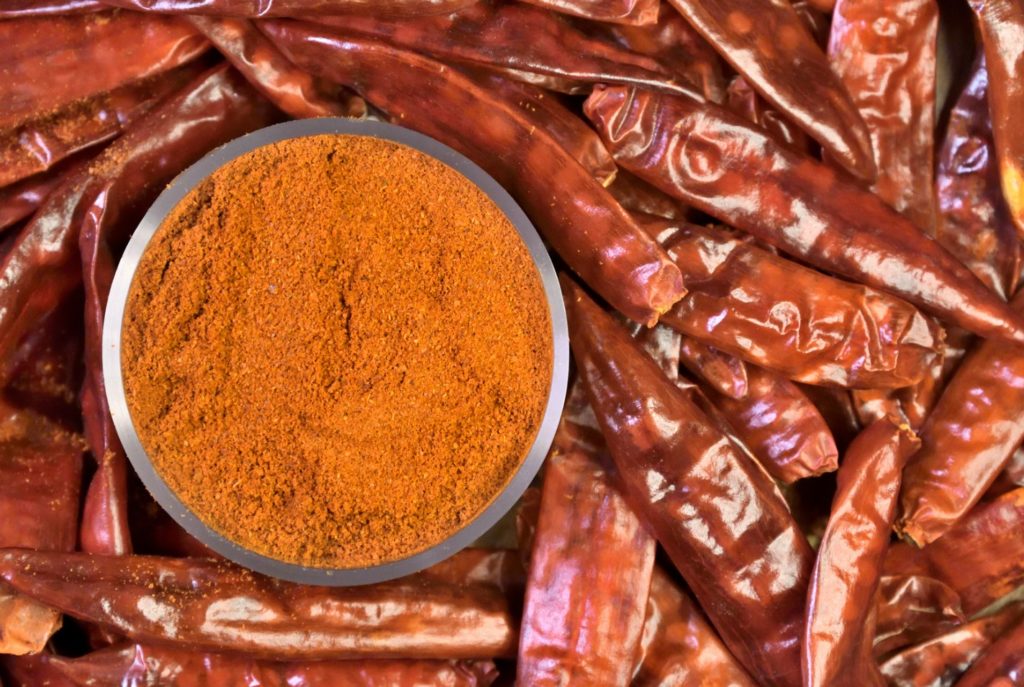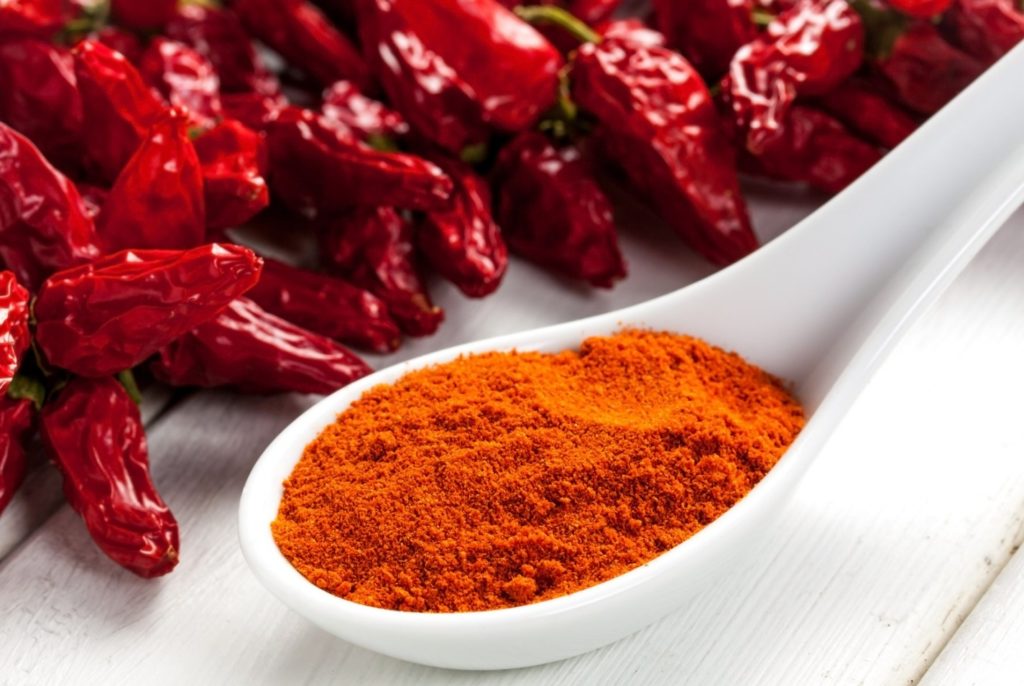
Hungarian Paprika
Discover the world of Hungarian paprika. Immerse yourself in its distinctive taste, its growth process, its use in the kitchen with mouth-watering recipes, and its nutritional benefits. A fascinating exploration of a spice that embodies the cultural richness of Hungary.
Hungarian paprika, a symbol of Hungarian cuisine and culture, is much more than just a spice. It embodies a deeply rooted tradition and a passion for the flavors that have marked Hungary’s culinary history. Paprika, with its nuances of flavor and palette of colors, plays a crucial role in Hungarian cuisine, enhancing traditional dishes while conveying a part of the national identity. In this article, we take a deep dive into this emblematic spice, exploring its specifics, its growth process, its use in cooking and its nutritional benefits.

Characteristics and Tastes of Hungarian Paprika
Hungarian paprika is distinguished by its rich, deep flavor, with notes that are both sweet and slightly spicy. This palette of flavors results from the Capsicum annuum bell pepper varieties used, which are carefully selected and grown in Hungary. The different varieties of paprika, ranging from mild to piquant, offer a diversity of taste profiles that enrich both traditional and contemporary dishes. Whether in a steaming goulash or in lighter dishes, Hungarian paprika adds an enchanting touch that awakens the taste buds and seduces the senses.
How Hungarian paprika grows and when to harvest it
The growing process for Hungarian paprika is meticulously orchestrated to guarantee its exceptional quality. The peppers are sown at the beginning of the year, in greenhouses, and transplanted to the fields once the risk of frost has passed. The Hungarian climate, with its warm summers and sunny autumns, creates ideal conditions for peppers to ripen. Harvesting generally takes place in late summer and early autumn, when the peppers have reached full maturity and their colors are at their brightest. After harvesting, the peppers are dried and ground to obtain paprika powder, ready to delight the taste buds.
Culinary use
Hungarian paprika is the soul of many emblematic Hungarian recipes. In goulash, it brings warmth and richness, while in pörkölt, it subtly marries meats and spices. For a unique taste experience, try adding it to a traditional cold soup, such as “Hungarian gazpacho”, or to grilled vegetable dishes for a touch of color and authentic flavor. Fans of international cuisine will also appreciate the versatility of Hungarian paprika, which can enhance dishes such as grills, stews and even sauces.
Some Recipe Ideas:
- Hungarian Goulash: A spicy stew of beef, potatoes and vegetables, enhanced by the richness of Hungarian paprika.
- Paprikás Csirke: A chicken dish simmered in a creamy paprika sauce, served with “nokedli” (small pasta).
- Paprika Lángos: A traditional Hungarian snack, fried dough cakes topped with paprika, garlic and cheese.

Benefits and Nutrition of Hungarian Paprika
As well as adding a burst of flavor to your dishes, Hungarian paprika also has nutritional benefits. It’s rich in vitamin C, antioxidants and anti-inflammatory compounds that can help boost the immune system and promote optimal health. What’s more, its stimulating properties can help improve digestion and increase metabolism, making it a valuable ally in a balanced diet.
Hungarian paprika, emblematic of Hungarian cuisine and culture, is much more than just a spice. It reflects the soul of a country, capturing its flavors, traditions and history. From its carefully orchestrated growth to its use in authentic and modern dishes, Hungarian paprika continues to fascinate food lovers the world over. When you sprinkle this vibrant powder into your dishes, you embrace a thousand-year-old history of flavor and passion.